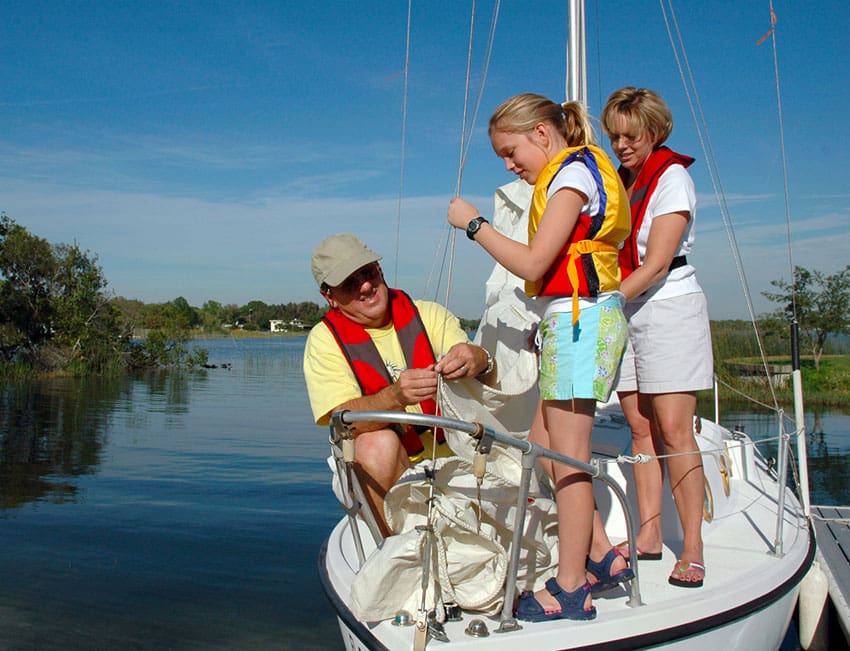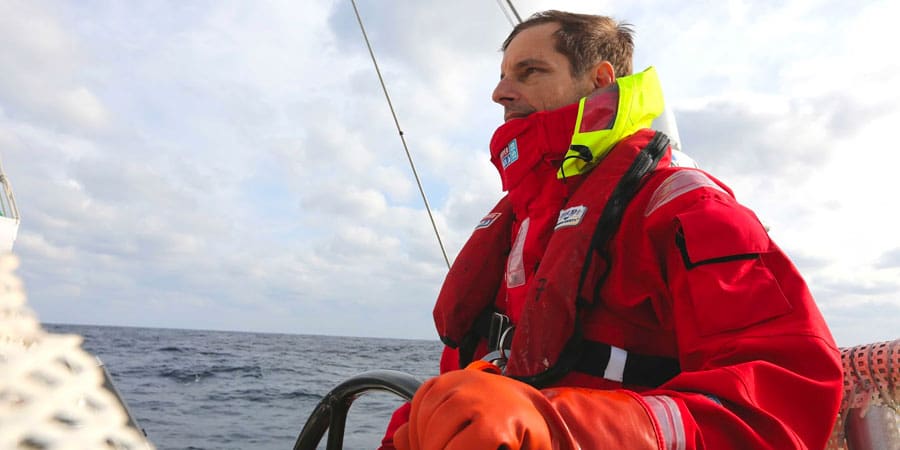Wearing a life jacket is as important as wearing a seatbelt or helmet. It can make the difference between life and death. According to the US Coast Guard, in 2014, 610 people lost their lives in recreational boating accidents.
Most of them drowned and 84% of these victims were not wearing a life jacket. Despite these grim statistics, thousands of people venture into the water every day without wearing a PFD and needlessly put their lives at risk. Ignorance, overconfidence, and myths surrounding life jackets are the main culprits.
Myth 1 – If you are a good swimmer, you don’t need a life jacket
A large percentage of drowning victims were excellent swimmers. The ability to swim well cannot help you if you are incapacitated due to injury or alcohol. When an accident occurs, injury is a distinct possibility. Circumstances and the panic that usually accompanies an accident can also work against you. For example, it is not easy to swim to safety leaving behind friends and family in the water.

Myth 2 – Carrying life jackets on the boat is good enough
PFD on board may give false reassurance, but it does not translate into increased safety. Most recreational boating accidents and emergencies occur in a matter of seconds and come without warning. If you have been in an accident like this, click here to see if you could get compensation. If someone falls into the water or if the boat overturns, having life jackets on board may not help.
Having life jackets on board may increase safety on large boats and ships, which usually stay afloat for considerable time in case of an accident. It won’t be of much help on the small boats used for recreational purposes.
Myth 3 – Life jackets are bulky, hot, uncomfortable and gross
Unlike large inflated orange PFD, which are sometimes shown on TV, life jackets meant for water sports are light, comfortable and look good. Some are not even noticeable and manufacturers keep coming up with better designs to make them more comfortable.
Myth 4 – Life jackets make movement harder
If you select the right life jacket, it will not come in the way of any sporting activity. If you are unsure about the suitability of your PFD for a particular activity, buy one that is specially made for that activity. You can buy inflatable jackets that are specially designed for activities like fishing and rowing.
Myth 5 – It can’t happen to me
It’s obvious that all the unfortunate drowning victims were reasonably sure that it wouldn’t happen to them or they wouldn’t have ventured into the water in the first place. Optimism and confidence can never replace sensible safety precautions.
Myth 6 – Life jackets are required only if the weather is bad
Most recreational boating accidents occur in good weather. In most accidents, the culprit is inexperience, impaired judgment, lack of attention, equipment failure, or speeding.
Myth 7 – Adults don’t need them
Life jackets are essential irrespective of age. About 80% of the people who drown during recreational activities are adults. Children are at higher risk only in swimming pools.
Myth 8 – Life jackets are required only in deep water
There are many instances where people who were fishing or engaging in activities near the water’s edge have fallen into the water. Some became unconscious or were incapacitated due to injuries sustained in the fall. It was their PFD that kept them alive until help arrived.
Besides keeping you afloat, life jackets also provide other benefits. Some jackets are designed to automatically turn you around so that your face is always out of the water. This ensures that you are able to breathe even if you are incapacitated. Most PFD keep you warm and help prevent hypothermia in cold water.
A life jacket makes a huge difference to your safety when you are in or near the water. Always wear one and make sure that everyone with you is doing the same. Always use a PFD of the right size. An inflatable jacket that is too large can be dangerous and one that is too small may not keep you afloat.
